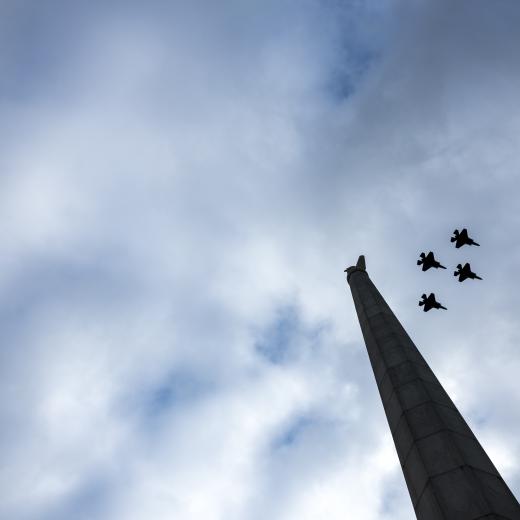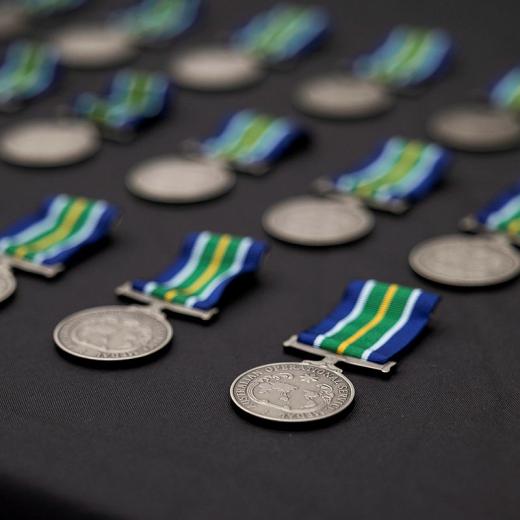BLUF
The Full-Range Leadership Model includes transformational, transactional, and laissez-faire styles. Effective leaders use all three styles depending on the situation and followers’ needs.Summary
FULL-RANGE LEADERSHIP MODEL
- The full-range leadership model is a leadership framework that includes three broad leadership styles: transformational, transactional, and laissez-faire.
- Transformational leadership focuses on inspiring and motivating followers to achieve their full potential, often through a shared vision and a sense of purpose.
- Transactional leadership is a style of leadership that focuses on achieving specific goals through a system of rewards and punishments.
- Laissez-faire leadership is a style of leadership where the leader is mostly hands-off and provides little direction or guidance to their followers.
- The full-range leadership model suggests that the most effective leaders can use all three leadership styles, depending on the situation and the needs of their followers.
See also: CONTEXTUAL LEADERSHIP MODEL: USEFUL ARTICLES | The Runway (airforce.gov.au)
Contextual Leadership Model was originally designed to be applied to managing a particular product. Whereas the Full-Range Model is designed to be more applicable to a military organisation where military members can be:
'asked to perform tasks and respond to things that ordinary members of the civilian population are not expected to do.'*
The term made famous by General Sir John Hackett was that military members are subject to an implied contract of 'Unlimited Liability'.*
Unlimited Liability | Encyclopedia of Military Ethics
See also: The Profession of Arms: Officer's Call (defence.gov.au)
ARTICLES FULL-RANGE LEADERSHIP MODEL
ARTICLE: Full Range Leadership Model: Definition & Examples (2023) (helpfulprofessor.com)
- Leadership styles are understood by two axes: involvement and effectiveness.
- Developed by Avolio and Bass (1991) as a theoretical framework.
- Styles can change over time by adapting to the company’s life cycle.
ARTICLE: Full Range Leadership
Main points:
- Separates ineffective from effective leaders by the ability to use a full range of leadership behaviours.
- Based on over 100 years of leadership research.
- Identifies both transactional and transformational behaviours.
- Transactional behaviours include laissez-faire, management-by-exception, and contingent rewards.
- Transformational behaviours include individualized consideration, intellectual stimulation, inspirational motivation, and idealized influence.
- Research shows leaders who practice these four behaviours tend to gain extra employee effort.
- Leaders also experience higher employee satisfaction, productivity, and organizational effectiveness.
ARTICLE: The Full-Range Leadership Model: A Brief Primer - Air University Download PDF
Main points:
- Dr Matthew Stafford developed the Full-Range Leadership Model at the Squadron Officer College in 2009.
- Leadership theory has existed for a long time.
- People have always wondered why some members of society rise to leadership positions while others do not.
- Historical biographies of great leaders were the earliest attempts to answer this question.
- These biographies served as leadership texts, allowing people to discern the characteristics and behaviors of leaders.
- This approach to leadership study still exists in what is often referred to as “The Great Man (or Woman) Theories.”
- Adherents to these theories study biographies to discern leadership traits and encourage students to adopt them.
- Trait-based leadership instruction is problematic because it is difficult to develop a trait.
- Outcomes can differ widely even when people have identical traits due to context and how leaders interact.
- Trait-based approach only affords an analytical tool but not necessarily a way to replicate traits consistently and successfully in students.
References
- LEADERSHIP STYLES—ARTICLES THE RUNWAY
- LINKS TO MILITARY PUBLICATIONS: LEADERSHIP THE RUNWAY
- LEADERSHIP USEFUL ARTICLES THE RUNWAY
- ADF Philosophical Doctrine - ADF Leadership Recommended Reading THE RUNWAY
- ADDITIONAL READING RAAF RUNWAY (PME)
- RAAF RUNWAY: RATIONALE, GUIDELINES, LEARNING OUTCOMES, ETC





